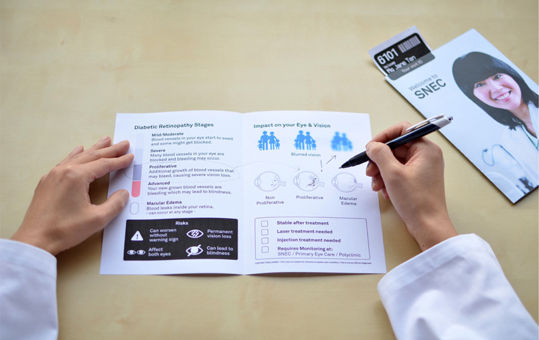high-fidelity prototyping
Once there is a more defined design concept, high-fidelity prototypes can be created and testing can be done without users knowing they are using prototypes.
By building high definition product models, interactive prototypes and service environments the feasibility of the final solution is tested. With users using the prototype the desirability is tested once more and usability is perfected. Viability can be tested by generating interest from actual payors.
When prototyping applications, I have used tools such as Sketch, Flinto and Invision to create application prototypes. I have experience with creating simple product models myself as well as with working together with craftsmen to create product models. Prototyping service experiences can be done by using modified existing tools and creating service specific prototypes to create a service experience.
High-fidelity prototypes are often tested in real situations. The designer’s role is to ensure the prototype is functioning properly and to gather the data. Prototypes can be tested by 1 time use or can be used over a longer period by the implementing organisations. During the latter example, the design team is less involved in the day-to-day testing but should provide the testing team with the tools to build a strong report of the testing activities.



